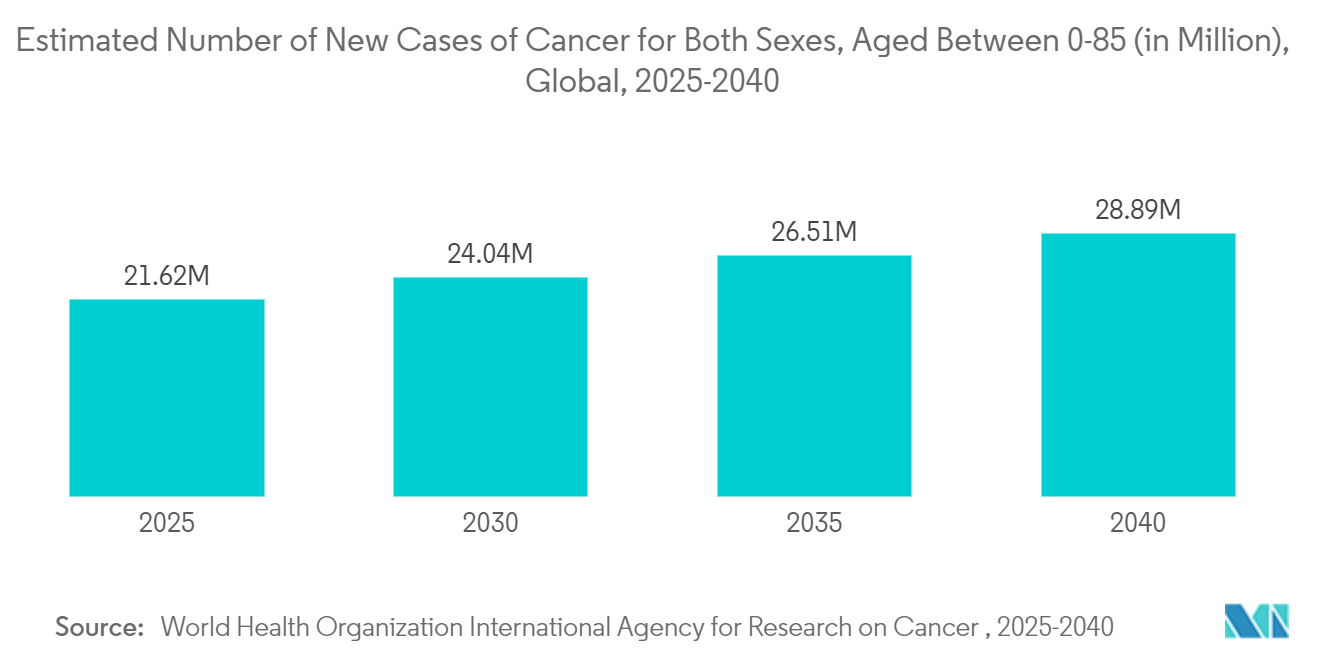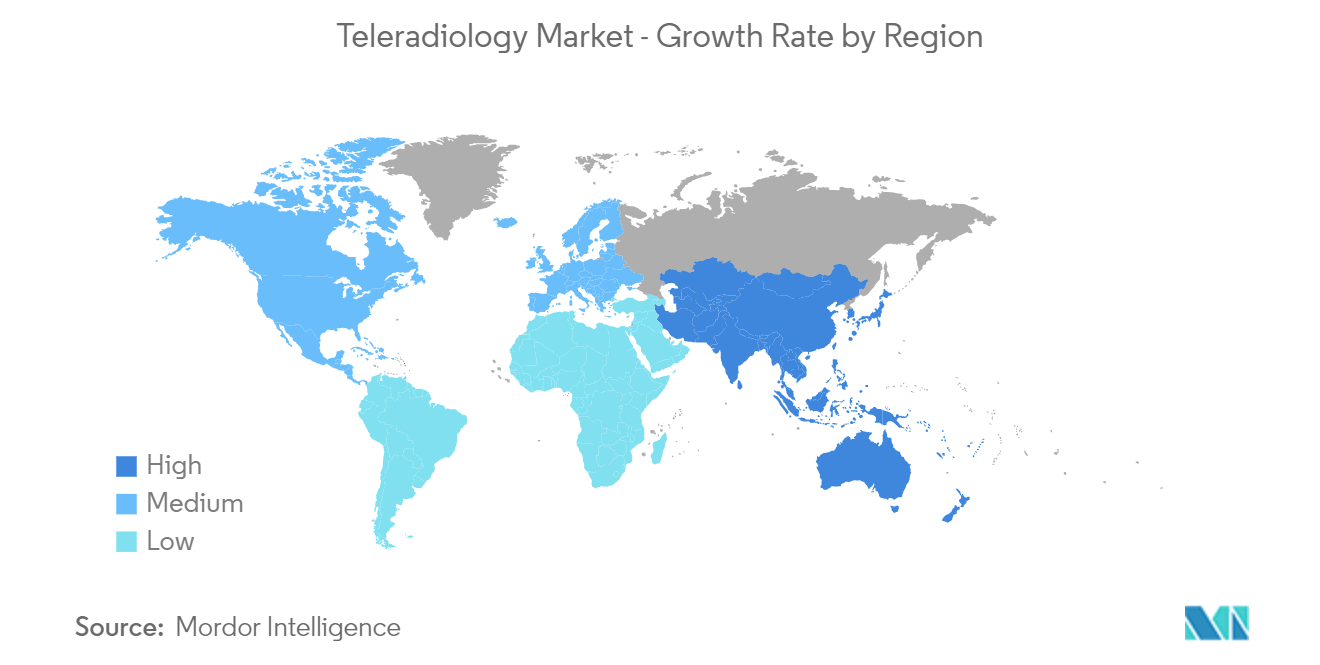Market Trends of Teleradiology Industry
Software Segment is Expected to Register Fastest Growth Over the Forecast Period
The software segment is an important component of teleradiology, as they are highly used to transmit and analyze these images. Several factors are driving the growth of the software segment in the teleradiology market, including technological advancements, increasing demand for remote healthcare services, growing prevalence of chronic diseases, rising healthcare expenditure, and surging adoption of various cloud-based solutions.
The software used in teleradiology is constantly evolving and improving, with new technologies such as artificial intelligence (AI) and machine learning (ML) being incorporated to enhance the accuracy and speed of diagnoses. As these technologies continue to develop, they are expected to drive the growth of the teleradiology software segment. For instance, as per the article published by the Lancet Journal in April 2023, teleradiology software, combined with AI and mobile digital imaging units, can address radiologist shortages and strengthen various programs aimed at population screening and emergency care. Therefore, such studies reflect the significance of AI in teleradiology software, thereby driving segment growth.
Teleradiology can send the images generated from mobile imaging systems in remote areas to doctors in hospitals. Furthermore, most of the software uses technologies like data compression, as most radiologists need to be able to share detailed, high-resolution images. The presence of various prominent players, mergers, acquisitions, product launches, and government initiatives are boosting segment growth. For instance, in November 2022, the radiology tech firm OpenRad launched an enterprise remote reporting platform at the Radiological Society of North America (RSNA). In February 2021, Fujifilm India Pvt. Ltd. launched a mobile digital radiology system - FDR nano.
Hence, due to the factors such as increasing technological advancements and active government initiatives, the software segment is likely to grow significantly over the forecast period.

North America is Expected to Hold Significant Share over the Forecast Period
The geographical analysis of the Teleradiology market shows that North America holds a significant share of the global market, owing to factors such as the rising prevalence of chronic diseases, well-developed healthcare infrastructure, and various strategies adopted by prominent regional players. For instance, as per the data updated by the CDC in December 2022, 6 in 10 adults in the United States currently have a chronic disease. And 4 in 10 adults have two or more chronic diseases. Therefore, such a large proportion of people suffering from various chronic diseases in the region is projected to create a demand for teleradiology devices such as X-rays, CT, ultrasound, MRI, and nuclear imaging, among others.
In addition, the increasing investments by government organizations in the region in various health sectors are also projected to increase market growth during the forecast period. For instance, as per the data updated by the National Institutes of Health (NIH), in March 2023, the United States healthcare expenditure in biomedical imaging rose from USD 2,774 million in the past year to USD 3,101 million in the current year. Thus, increasing healthcare expenditure in the country is estimated to drive new developments related to teleradiology in the region, thereby burgeoning market growth. Moreover, the rising number of product launches by the prominent players in the region is also projected to drive market growth during the forecast period. For instance, in March 2023, United Imaging Healthcare launched a whole-body ultra-high field 5.0T MRI.
Thus, given the abovementioned factors, the teleradiology market is expected to grow significantly in North America over the forecast period.


